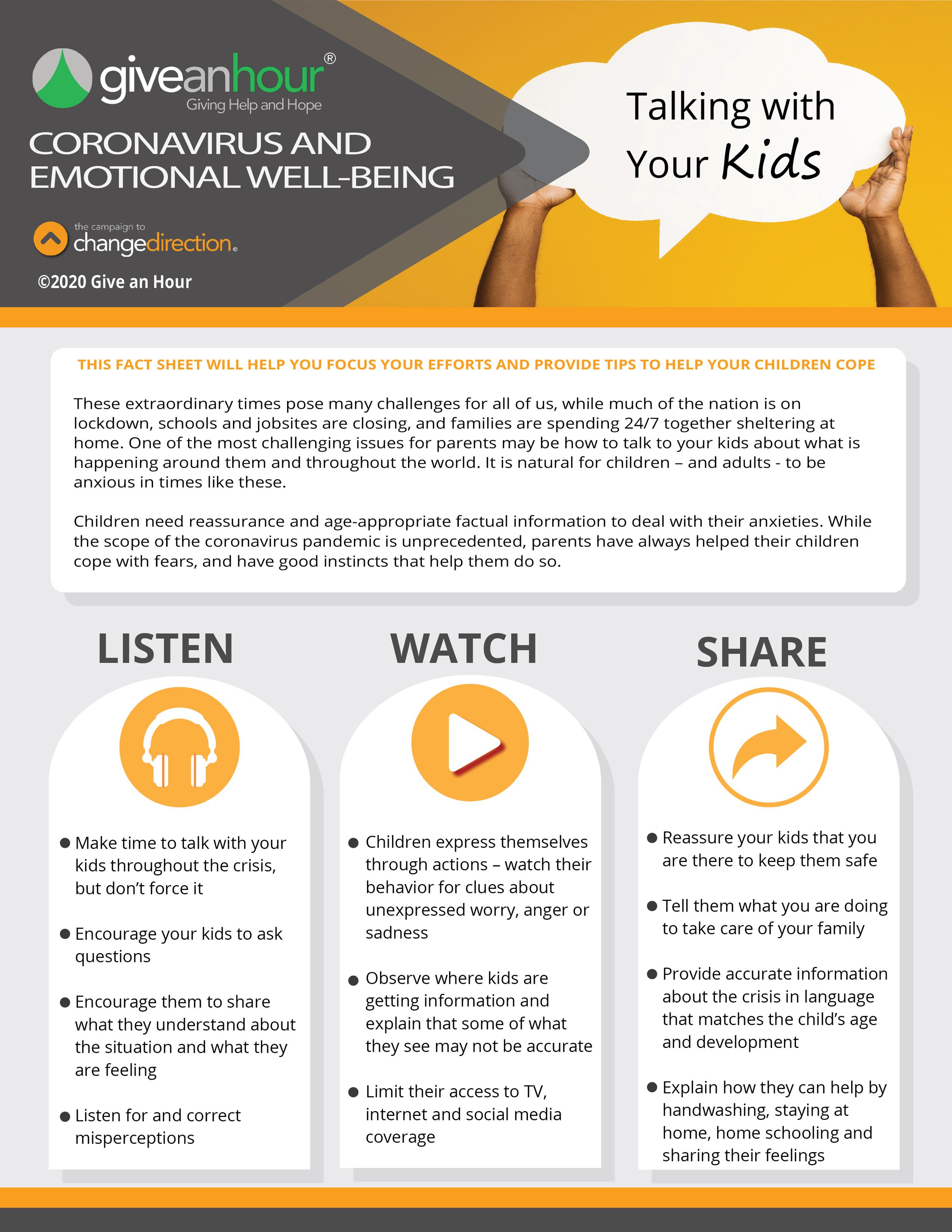
10 minute read
The First Sealkid
Megan Foster was the first student SEALKIDS served. Megan, the daughter of an active duty Navy SEAL, found herself struggling in school. Though she was earning decent grades in class, Megan was having trouble focusing on her work. She struggled to pay attention and had difficulty staying organized. Teachers and other adults in her life felt she was not performing to her full abilities. Megan felt frustrated when her best efforts did not live up to expectations. SEALKIDS stepped in to help.
Megan was connected to SEALKIDS through the Founder, Suzanne Vogel. Suzanne, whose own children had struggled with learning disabilities, recognized the challenge Megan was facing. Suzanne suggested to Megan’s father to send Megan for an evaluation to determine if she might have an undiagnosed learning challenge. Megan underwent a psychological evaluation that measured intelligence and attentiveness. The tests determined that Megan’s challenges were due to undiagnosed ADHD. SEALKIDS funded the cost of the testing as the organization’s first grant.
As a senior in high school, this news came as a huge relief for Megan. She could now understand and explain the root cause of her struggles. Megan explained the impact of this intervention, “SEALKIDS gave me the tools I needed to identify why I was struggling and also showed me my strengths so that I could build from them.” She also felt relieved to know that there were individuals within the Naval Special Warfare community,
22 WWW.HomelandMagazine.com / APRIL 2020 outside of her own immediate family, who were invested in her success. “It made me feel not as alone,” Megan said, “and more a part of the SEAL Community.”
Megan is now an educator in her community, teaching special education for 2nd through 5th graders. She uses her personal experience with a learning disability to help other students overcome their learning barriers. “The resources that SEALKIDS provided helped me better understand the challenges that I had been dealing with for a long time. That experience has helped me recognize how I can help the students I teach who are facing similar challenges.”
Megan, like many children in the Naval Special Warfare community, needed a little help to achieve her full academic potential. SEALKIDS was there to offer it.
How SEALKIDS Started
Alexandra and Hunter Vogel, two of Suzanne’s five children, were only six and nine years old in the summer of 2011. They wanted to honor the courage and sacrifice they witnessed every day in the Navy SEAL community. Alexandra and Hunter decided to focus on a cause near to their hearts, educational assistance and tutoring for children in the Navy SEAL community who were struggling in school. They combined their piggy banks and started SEALKIDS with determined spirits and just under $200. They stood in grocery store parking lots for hours, raising money and telling people about their desire to honor and serve.
What began as a small fundraising effort by Hunter and Alexandra became a national nonprofit organization with the help of their mother. Suzanne, who now acts as SEALKIDS’ Program Director, worked to formalize her children’s efforts. SEALKIDS was incorporated in 2012 and granted 501(c)(3) status in 2013. SEALKIDS has grown exponentially since its founding, and Suzanne has been heavily involved throughout the organization’s history. Bringing her own personal experience as a mother of five children in the NSW community, Suzanne is a steadfast steward of the organization’s mission and a champion of SEALKIDS’ organizational values of honor, commitment, courage, excellence, and empathy.

How SEALKIDS Works
SEALKIDS, through its programs, supports the children of Naval Special Warfare—everyday kids living in extraordinary circumstances. As one of our country’s most elite military units, Navy SEALs are courageous and strong, and so are their families. However, even our bravest and strongest individuals need support, and it can be difficult to ask for that help.
SEALKIDS has a deep and personal understanding of life in the NSW community and can help families to navigate both stated and unspoken barriers to a child’s success. Families in the Naval Special Warfare community, whether retired or active duty, have made great sacrifices for our country. SEALKIDS seeks to lessen the burden of their service by helping to ensure long term academic success for their children.
SEALKIDS’ assistance is available to NSW children across the country. In 2019, the organization served 303 children, providing more than 70,000 hours of services, including academic testing, tutoring, therapy, advocacy, and enrichment. SEALKIDS fosters the success and wellbeing of each child, critically reducing family stress and ultimately keeping today’s Navy SEAL in the fight. When a child in the NSW community needs SEALKIDS’ help, their parents can apply by visiting www.sealkids.org and filling out a short form. Those applications are then directed to a SEALKIDS Family Advocate based on their geographic location. The Family Advocate then works with each family to create a plan to identify and address the root cause of each student’s unique challenges.
Since 2012, SEALKIDS has provided more than 2,000 life changing grants to students like Megan. This month and every month, SEALKIDS is grateful for the bravery of military families and will continue to work to lighten the burden of their service.



ARTS & HEALING By Amber Robinson The power of writing through tough times

As we, as a veteran community, work to stay informed, healthy and safe during the onslaught of the COVID-19 Pandemic...some of us may be struggling to stay completely sane. Our world’s state of affairs is not an easy one to digest for many, and can easily bear upon those of us who may already be struggling with anxiety or depression. As therapy groups dry up and individual therapy visits move to phone calls or skype sessions, veterans may be looking for new ways to help themselves cope.
One of the simplest ways to cope, is through writing. According to www.PositivePsycology.com, the benefits of writing include boosted mood, better self-awareness, enhanced feelings of well-being and even helps to organize and sharpen cognitive abilities. It doesn’t take a large vocabulary, a writing degree or even a passion for writing to enjoy the benefits of how it can help.
The most common form of writing geared towards mental health is journaling. All one needs is pen, paper and 20 to 30 quiet minutes a day for mindful writing to reap the benefits listed above and so many more. Journaling can work as a way to address past trauma or just as a way to become more self-aware by giving us the means to detect negative behavior patterns.
For those who use journaling as trauma therapy, it provides a way for survivors to create a clear narrative of their traumatic experience, thus helping them better face it. It’s suggested by www.PostitivePsycology.com to write daily as a discipline to ensure it “works”. They also suggest writing in a quiet location, with no distractions and keeping the journal completely private, for only your eyes. If you know someone will view it, you may not be as honest in your writing.
A more abstract form of writing for mental health is the creative craft of poetry. Writing poetry has many of the same positive effects as journaling, such as enhanced
26 WWW.HomelandMagazine.com / APRIL 2020 sense of self awareness and a way to capture significant life events. Poetry can also be highly validating as a writer finds and learns to activate their “poetic voice”. The abstract characteristics of poetry allow a writer to not only capture significant life events, but reframe them, opening windows to different viewpoints along the way.
No matter what form of writing you choose to take up, there is no better time than now. Grab a pen, paper and a quiet spot and write out some of the things that you are feeling and thinking. If it sounds like a poem, why not make it a poem? The choice is all yours.
If you would like inspiration, or would like to share your writing with others who write, there are a few online ways you can do just that. We are lucky to have a thriving writer’s scene in San Diego with writers who have created some online venues in the midst of the COVID-19 Pandemic.
On Instagram you can find two online poetry readings that are hosted weekly. You can just listen or get brave and read your own work via video. The first is @poets_ underground hosted Tuesdays and Thursdays at 7 PM by local poet, writer and personality, Sunny Rey. Also available is a new account, @viral_poetry_series hosted at 7 PM on Wednesdays by Adam Greenfield. You will be given a time limit to share and can share poetry, short stories and more. For an infinite amount of inspiration, also check out www.PoetryArchive.org.

There are signs you can look for to help determine a stress level that’s right for you and you can start by learning the difference between the good and the bad: Good Stress: Makes you feel motivated, inspired and focused on doing your best. Gives you energy, ambition and enthusiasm. Strengthens your immune system. A Different Lens Mental Health Monthly By Mike Miller OK, this month I’m feeling overwhelmed by stress, and I know I’m not alone; it’s practically a fact of life that everyone has to deal with stress. Someone asked me if it was good stress or bad stress. That made me think, how can stress be good? So let’s look at this through a different lens, and maybe I can find some good stress. STRESS MANAGEMENT FOR WELL-BEING


Stress... it’s a word we’ve been taught to steer clear of since birth, but through the course of life and human experience, we find out that it’s totally unavoidable. But here’s the interesting thing... stress is actually necessary, so I’ve put together some tips on how you can decipher the good from the bad and manage the inevitable.
Contrary to popular belief, we all need some stress in our lives to move and function, which is why stress management is more important then stress elimination. In fact, finding the right balance between too much and too little stress is an essential part of your overall wellbeing.
GOOD stress vs. BAD stress and balancing the right amount
So, how much stress should you allow in your life before it becomes too much and what can you do to manage it all? Well, you must first understand that determining the right amount of stress can be tricky because it varies from person to person and is rooted in perception.
For instance, riding on a roller coaster might be delightfully fun for one person, but terrifying for another; or having many demands on you at one time may make you feel energized, but may overwhelm someone else. Bad Stress:
Harms your health and well-being, causing symptoms such as headaches, stomach discomfort or insomnia. Makes you feel frazzled, frustrated, upset, out of control or overwhelmed. Makes even simple tasks become difficult or impossible to accomplish.
At the end of the day, stress, in the form of good and bad challenges, helps us to flourish and grow. Do your best to take life one day at a time and you’ll find yourself living healthier and happier in no time.
Managing stress is all about taking charge of what you can control and learning to become flexible regarding the things you have no ability to influence or change. To manage stress when the demands stack up, be sure to identify the triggers that cause you stress and resolve to make realistic, healthy changes.
To be successful in this, it’s important that you: Get the right amount of sleep. Schedule time for relaxation each day. Eat a balanced, nutritious diet and exercise regularly. Cultivate supportive relationships.
Have fun and try to laugh more. Laughter is a great stress reducer and has the added benefit of increasing social support.











